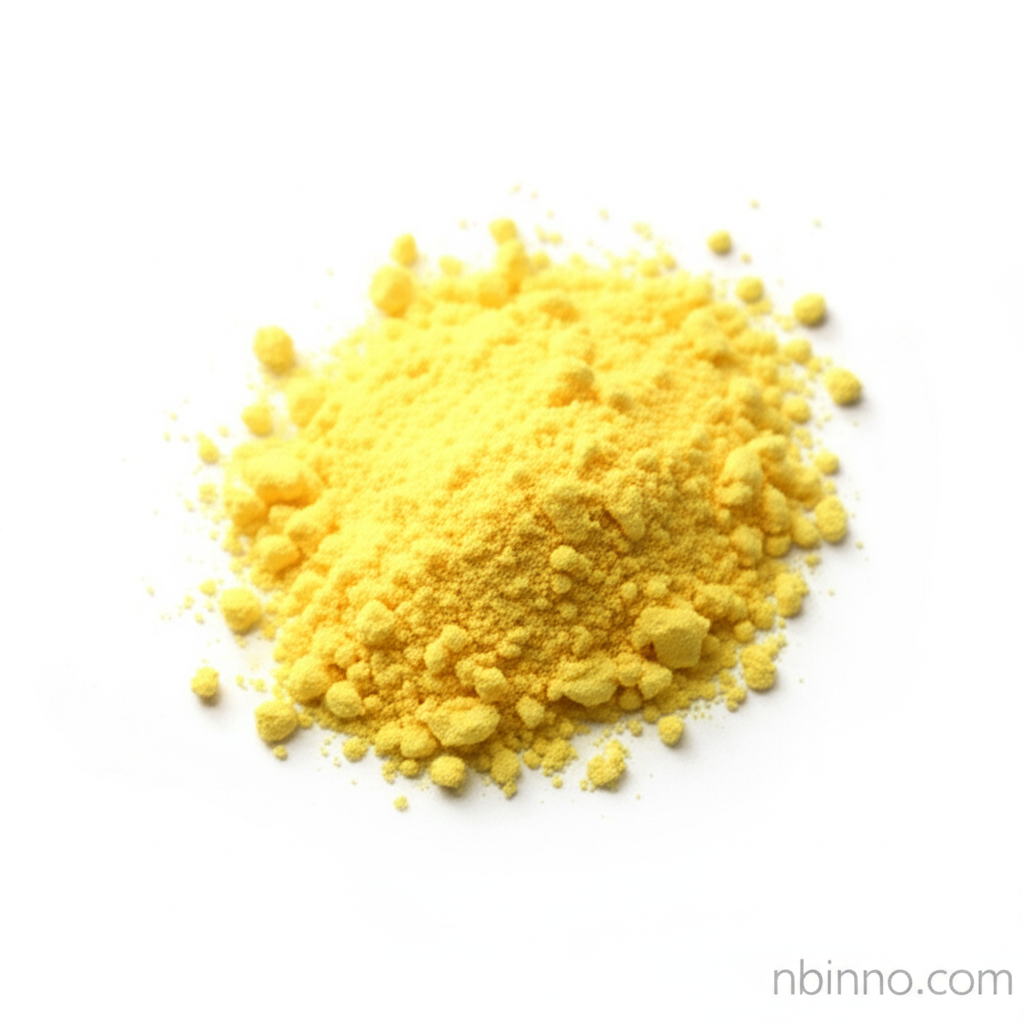1-Aminomethylpyrene Hydrochloride: A Versatile Organic Intermediate for Advanced Applications
Unlock new possibilities in biomolecule labeling and material science with this key organic intermediate.
Get a Quote & SampleProduct Core Value

1-Aminomethylpyrene Hydrochloride
This compound serves as a crucial organic intermediate, widely recognized for its utility in sophisticated chemical syntheses. Its stable nature and specific reactive sites make it an ideal choice for researchers and manufacturers developing advanced materials and biochemical tools.
- Explore the specific chemical properties of 1-aminomethylpyrene hydrochloride, noting its molecular formula C17H14ClN and a molecular weight of 267.75, crucial for precise reaction stoichiometry in organic synthesis.
- Leverage this compound as a key reactant in self-assembling vancomycin-pyrene derivatives, paving the way for innovative hydrogel applications with potential medical benefits.
- Utilize it as a versatile organic building block in complex syntheses, enabling the creation of novel compounds for diverse research and industrial applications.
- Benefit from its stability and solubility in common solvents like DMSO and methanol, ensuring ease of handling and integration into various experimental protocols for chemical reagents.
Key Advantages Offered
High Purity and Stability
Achieve reliable experimental outcomes with a chemical reagent that maintains its integrity, essential for precise work in organic synthesis and research.
Versatile Application Potential
Discover the broad utility of this organic intermediate, suitable for advanced uses from biomolecule labeling to the development of cutting-edge hydrogel materials.
Facilitates Complex Syntheses
Employ this stable organic building block to streamline the creation of intricate molecular structures, accelerating your research and development cycles.
Key Applications
Biomolecule Labeling
The specific chemical properties of 1-aminomethylpyrene hydrochloride make it an excellent choice for the precise labeling of various biomolecules, aiding in analytical and diagnostic processes.
Hydrogel Precursor
This compound functions as a key reactant in the creation of self-assembling hydrogels, offering exciting prospects for advanced material science and potential medical applications.
Organic Synthesis
As a versatile organic building block, it is integral to the synthesis of complex organic molecules, supporting innovation across chemical research and industrial production.
Research and Development
Its reliability and specific reactivity profile make it an invaluable tool for R&D, enabling scientists to explore new chemical frontiers and develop novel applications.
